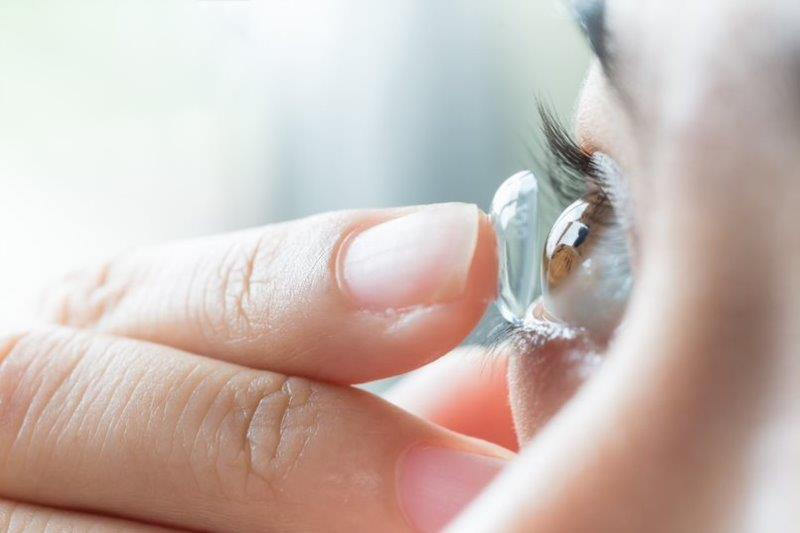Worrying results from Welcome to School study
Uncorrected refractive errors account for up to 96% of visual impairment in school-aged children and are associated with amblyopia and strabismus development, and reduced performance in early literacy tests, reading ability and academic achievement. Amblyopia treatment is most effective before seven years of age, thus, it’s important to identify children with amblyopia risk factors at a young age.
Preschool children in New Zealand receive a universal, free, well-child check, the B4 School Check (B4SC), at four-years-old to identify behavioural, developmental and other health concerns which could negatively impact their ability to learn. The B4SC has excellent coverage, with 96.7% of eligible children and 94.5% of children living in high deprivation communities in the Auckland region, completing the check in 2017. As part of the B4SC, children’s visual acuity (VA) is screened using the Parr vision chart, specifically to identify children with amblyopia. Distance VA measurement is more effective for myopia detection than hyperopia and astigmatism. There are currently no contemporary refractive error data for New Zealand children and it’s unknown whether ethnic differences exist, particularly for Māori and Pacific children.
The study
The Welcome to School (WTS) study was a multidisciplinary, collaborative study of children from schools in the Manaiakalani Community of Learning in Tāmaki: the Auckland suburbs of Glen Innes, Point England and Panmure.
The aims of the study were to determine the prevalence of refractive error and visual impairment in a cohort of six to seven-year-old children and evaluate the efficacy of the B4SC programme in the multicultural community of Tāmaki, where the majority of children are of Māori or Pacific ethnicities.
Children were recruited on school entry and received a comprehensive health, developmental and social assessment. These same children and whānau were contacted by the WTS research nurse approximately one year later at six to seven years of age. 114 children received a comprehensive cycloplegic vision examination in their schools.
Results
Almost one third (31.6%) of participants had significant refractive error, of which 80.6% was astigmatism. Myopia prevalence was low (3.5%) and seven participants (6.1%) had amblyopia risk factors. The B4SC vision screening was effective in detecting amblyopia, with no child with amblyopia risk factors passing the screening. Though a significant number of children (11.4%) did not receive a B4SC vision screening and a similar number (10.5%) were identified for B4SC rescreening which had not been completed. Both included children with amblyopia risk factors.
The B4SC was ineffective, however, at detecting significant refractive error with more than half the children with significant refractive error passing. Only 13.9% of children with significant refractive error and 57.1% with amblyopia risk factors were wearing glasses at the time of assessment. Nearly 60% of children with significant refractive error passed the screening and none were wearing glasses, suggesting children who passed were unlikely to have had a comprehensive eye examination which would have detected mild to moderate uncorrected refractive error. Consequently, many children in this cohort started school with uncorrected refractive errors potentially impacting their academic performance.
Recommendations
There is currently a mismatch between the aims of the vision screening programme, which is targeted at detecting amblyopia, and the overall B4SC which aims to detect and intervene on issues which could adversely impact educational outcomes, particularly for socioeconomically disadvantaged Māori and Pacific children. This mismatch, in combination with the differential reach of the B4SC, is likely to be increasing inequities.
This study suggests urgent attention is required to review the B4SC vision screening protocol to ensure it is appropriate and equitable, so all children receive high quality vision screening and eye care to improve their health, educational and social outcomes. Alternative screening strategies may be more appropriate to detect refractive error. A review of the Well Child Tamariki Ora programme is currently underway and provides an opportunity to re-examine the rationale for preschool vision screening and follow-up protocol. While eligible children can receive the Enable subsidy for glasses, the process can be difficult for families to navigate. Cost should not be a barrier. Eye care services should be available for all children. Culturally appropriate coordination is necessary to ensure children who are referred or identified for rescreening receive follow up and are assisted in accessing services.

Rebecca Findlay is a PhD candidate with the School of Optometry and Vision Science at Auckland University and a paediatric optometrist for Counties Manukau Health. Her work is supported by SJ Taylor Grant, the NZ Association of Optometrists and a senior health research scholarship. The WTS study was also supported by Cure Kids and the Joyce Fisher and A+ charitable trusts.
























